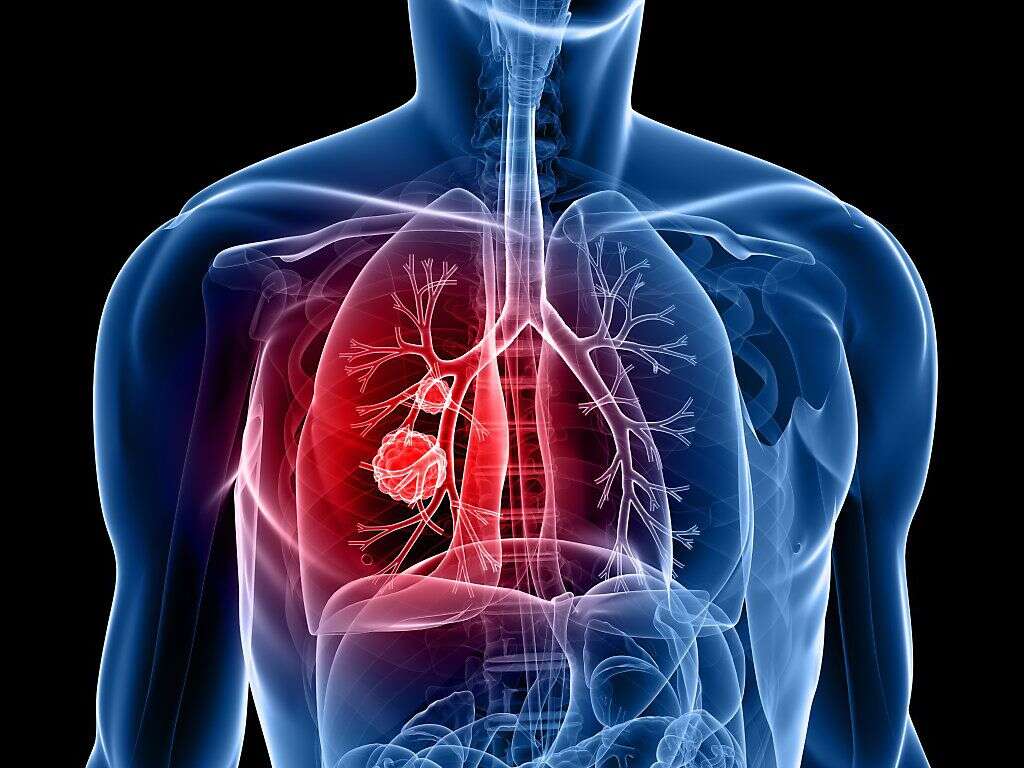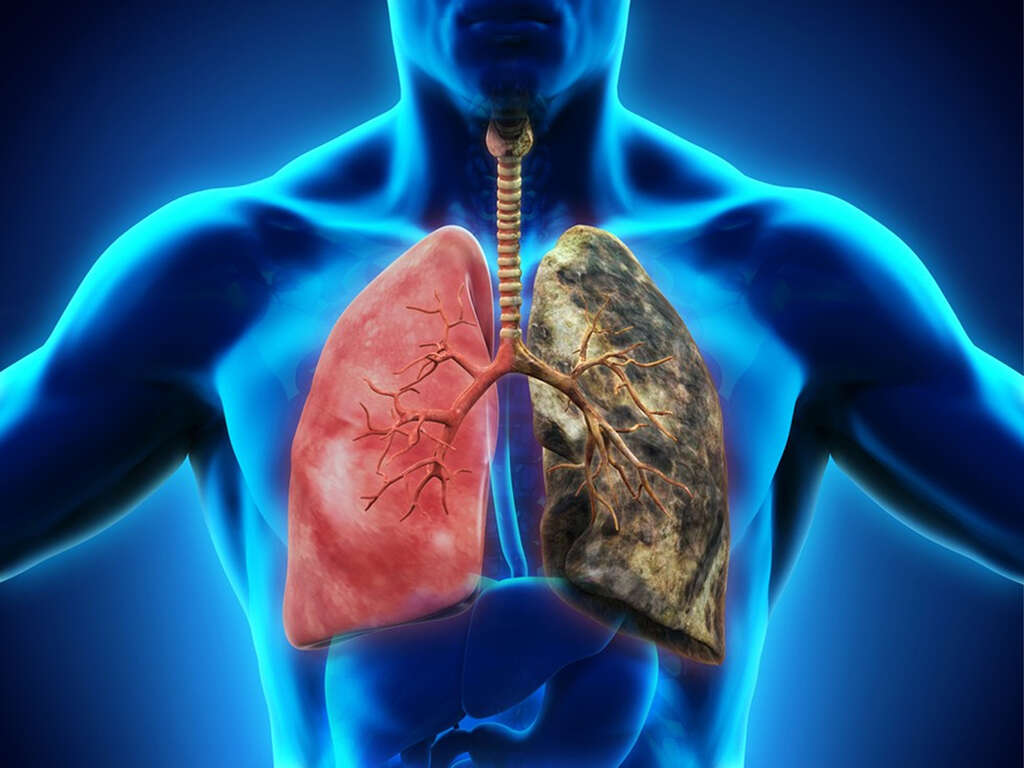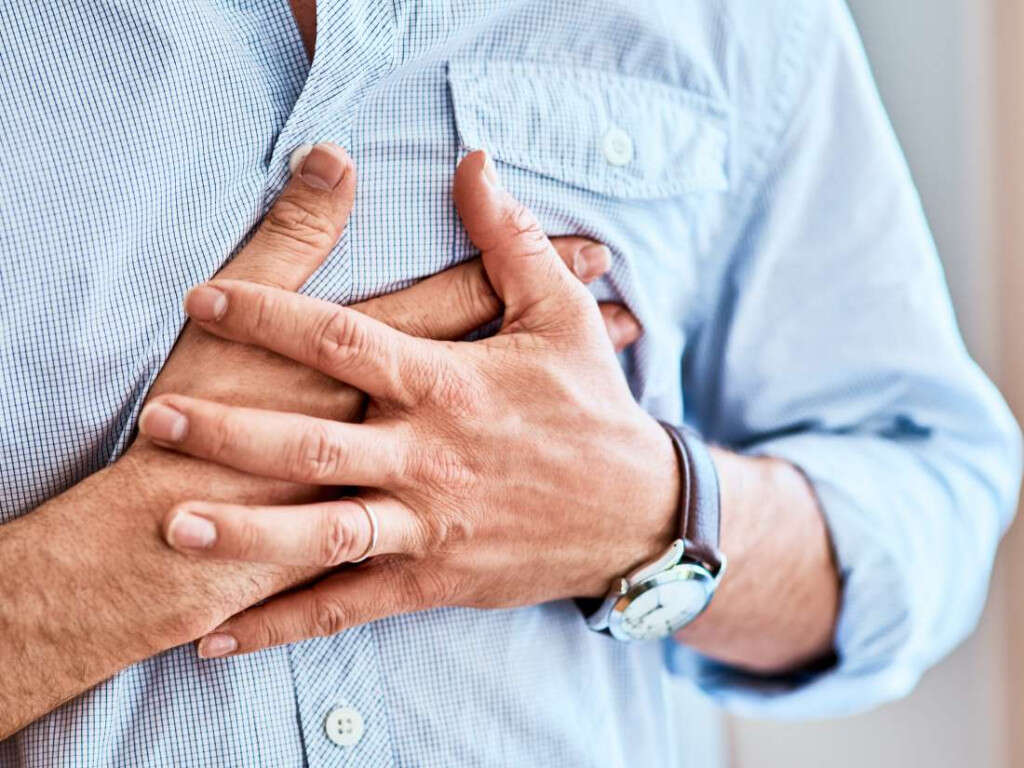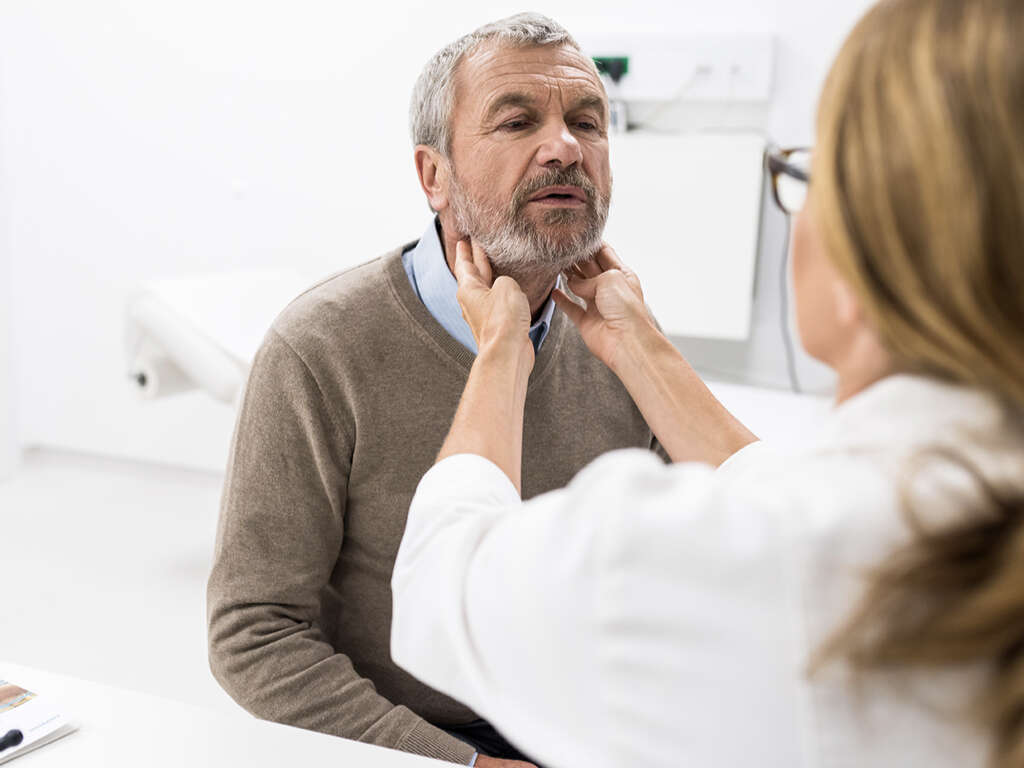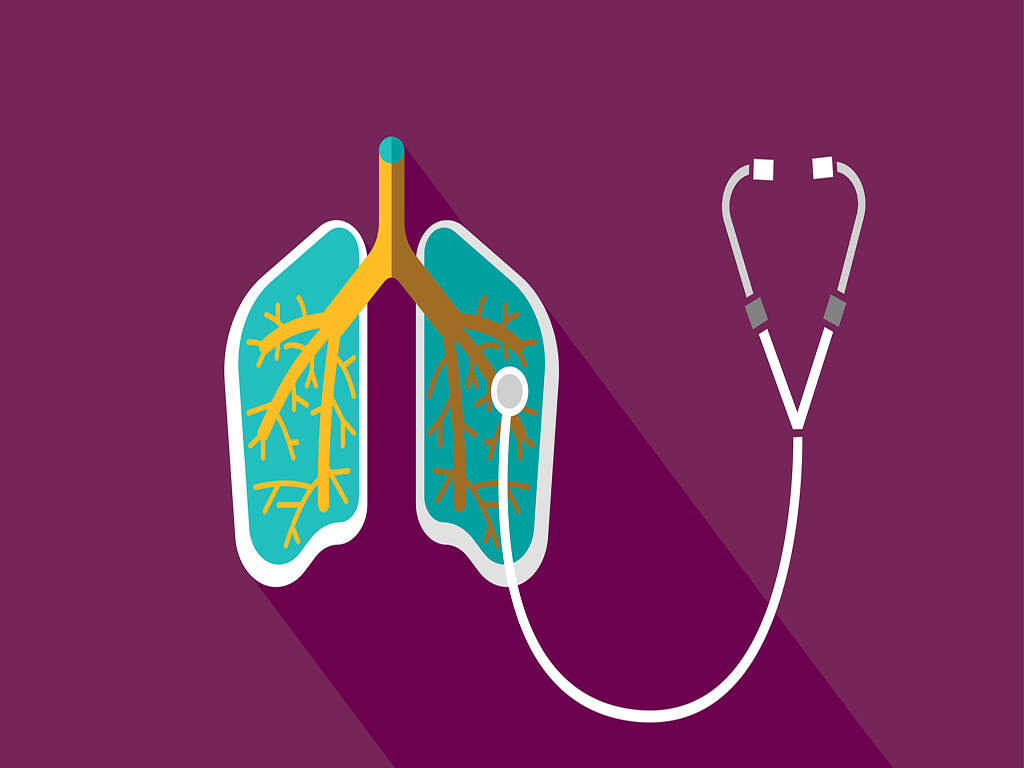Black Lung Symptoms, Causes & More
 Article Sources
Article Sources
- 1. Publishing, Harvard Health. 'Pneumoconiosis.' Harvard Health, www.health.harvard.edu/a/to/z/pneumoconiosis-a-to-z.
- 2. 'Black Lung Disease.' Black Lung Disease | Michigan Medicine, www.uofmhealth.org/health-library/ug1566spec.
- 3. 'Pneumoconiosis.' Johns Hopkins Medicine, www.hopkinsmedicine.org/health/conditions-and-diseases/pneumoconiosis.
- 4. 'Learn About Pneumoconiosis.' American Lung Association, www.lung.org/lung-health-diseases/lung-disease-lookup/black-lung/learn-about-black-lung.
- 5. Coal Workers' Pneumoconiosis (Anthracosis; Black Lung Disease; Coal Miner's Pneumoconiosis) By Abigail R. Lara, et al. 'Coal Workers' Pneumoconiosis - Pulmonary Disorders.' Merck Manuals Professional Edition, Merck Manuals, www.merckmanuals.com/professional/pulmonary-disorders/environmental-pulmonary-diseases/coal-workers'-pneumoconiosis?redirectid=60.
- 6. 'Diagnosing and Treating Pneumoconiosis.' American Lung Association, www.lung.org/lung-health-diseases/lung-disease-lookup/black-lung/symptoms-diagnosis.
- 7. 'Mortality from or with Pneumoconiosis' - Minnesota Department of Health, www.health.state.mn.us/communities/occhealth/data/pneummortality.html.
- 8. 'Pulmonary Function Tests.' Mount Sinai Health System, www.mountsinai.org/health-library/tests/pulmonary-function-tests.
- 9. Black Lung (Coal Workers' Pneumoconiosis) By The Manual's Editorial Staff Last full review/revision Mar 2021| Content last modified Mar 2021, et al. 'Quick Facts: Black Lung.' Merck Manuals Consumer Version, Merck Manuals, www.merckmanuals.com/home/quick-facts-lung-and-airway-disorders/environmental-lung-diseases/black-lung.
- 10. 'Coal Worker's Pneumoconiosis.' Mount Sinai Health System, www.mountsinai.org/health-library/diseases-conditions/coal-workers-pneumoconiosis.
- 11. 'Pneumoconiosis Symptoms, Causes and Risk Factors.' American Lung Association, www.lung.org/lung-health-diseases/lung-disease-lookup/black-lung/treating-and-managing.
Black lung is a form of pneumoconiosis, a lung disease that develops when people inhale mineral dust particles over a long period of time. In the case of black lung, the damage is caused by carbon particles people are exposed to when working around coal, graphite, lamp black or carbon black.1Publishing, Harvard Health. ‘Pneumoconiosis.’ Harvard Health, www.health.harvard.edu/a/to/z/pneumoconiosis-a-to-z.
Since black lung often develops in coal miners, it's also referred to as coal workers' pneumoconiosis or CWP. The term black lung derives from the fact that the lungs of afflicted people appear black instead of their normal pink color. Black lung has two forms: simple and complicated.2‘Black Lung Disease.’ Black Lung Disease | Michigan Medicine, www.uofmhealth.org/health-library/ug1566spec.
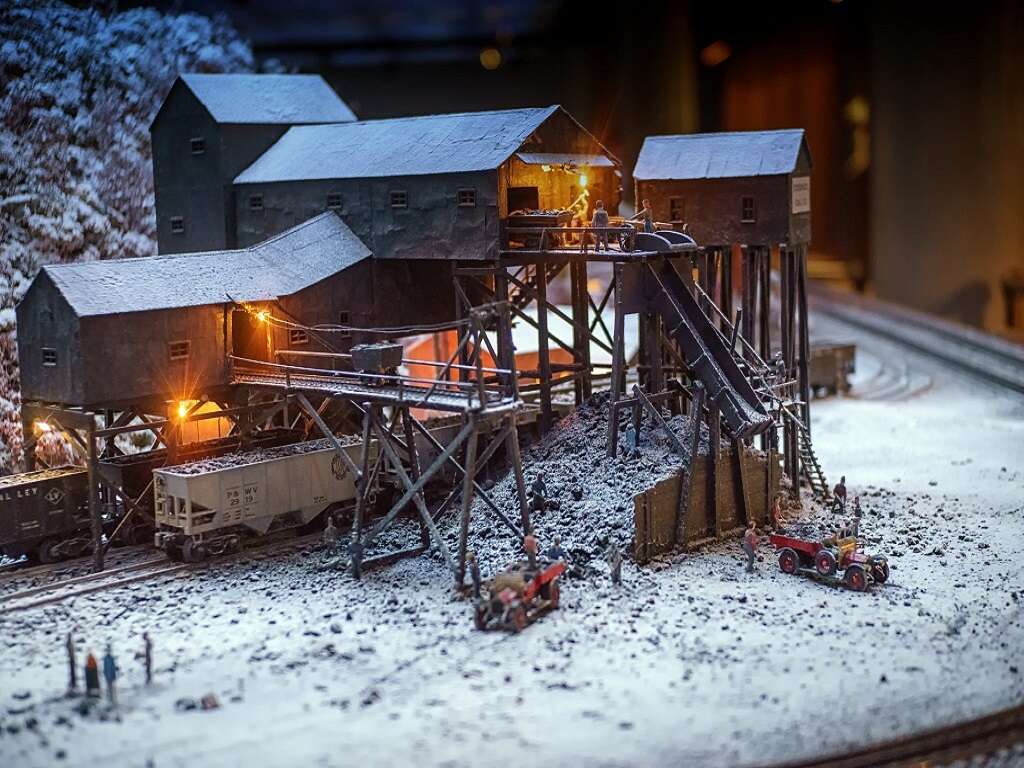
1. Simple Pneumoconiosis
As people breathe in irritants, such as coal dust, the lungs try to eliminate the foreign substances. During this process, inflammation develops, and in some cases, scar tissue begins to form. This scar tissue creates round, thickened areas referred to as nodules. The number of blood vessels and air sacs in the lungs diminishes as the damage progresses. This stage is known as simple coal miners' pneumoconiosis.3‘Pneumoconiosis.’ Johns Hopkins Medicine, www.hopkinsmedicine.org/health/conditions-and-diseases/pneumoconiosis.,4‘Learn About Pneumoconiosis.’ American Lung Association, www.lung.org/lung-health-diseases/lung-disease-lookup/black-lung/learn-about-black-lung.
It may take years for lung damage to become apparent, and symptoms may not develop until many years after exposure occurs.4‘Learn About Pneumoconiosis.’ American Lung Association, www.lung.org/lung-health-diseases/lung-disease-lookup/black-lung/learn-about-black-lung.
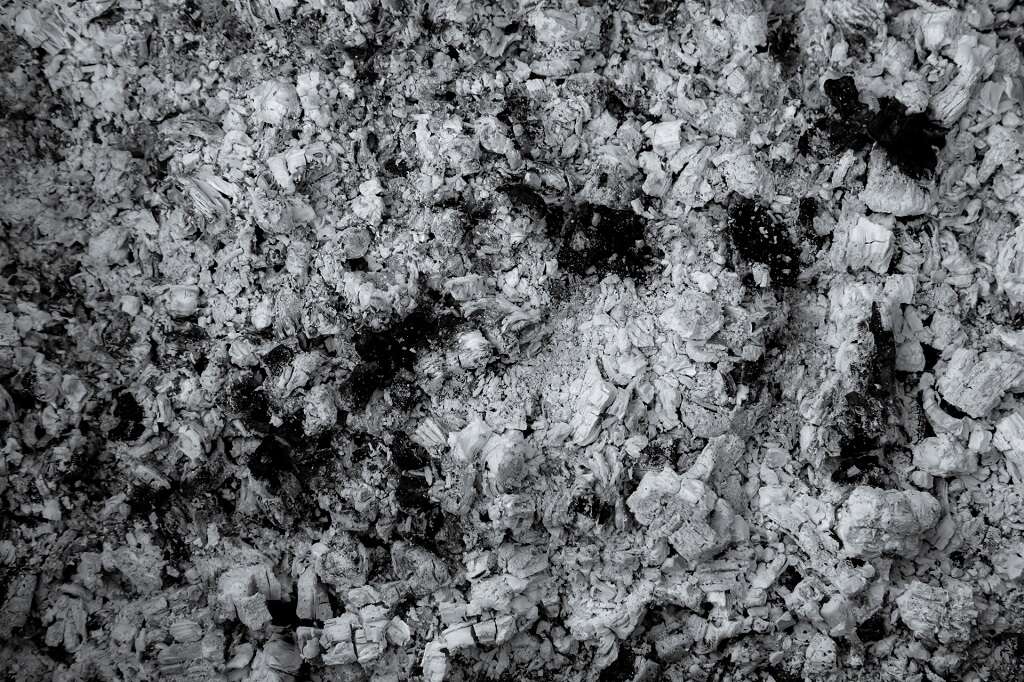
2. Complicated Pneumoconiosis
As the lung damage continues, the disease progresses to a more serious stage of black lung called complicated pneumoconiosis or progressive massive fibrosis. The nodules grow larger, with some coming together to form black rubbery masses that further diminish the number of blood vessels and air sacs in the lungs.5Coal Workers’ Pneumoconiosis (Anthracosis; Black Lung Disease; Coal Miner’s Pneumoconiosis) By Abigail R. Lara, et al. ‘Coal Workers’ Pneumoconiosis - Pulmonary Disorders.’ Merck Manuals Professional Edition, Merck Manuals, www.merckmanuals.com/professional/pulmonary-disorders/environmental-pulmonary-diseases/coal-workers’-pneumoconiosis?redirectid=60.
While some lung scarring occurs in the simple stage, more serious scarring develops in the complicated phase, impacting larger portions of the lungs and making breathing more difficult.4‘Learn About Pneumoconiosis.’ American Lung Association, www.lung.org/lung-health-diseases/lung-disease-lookup/black-lung/learn-about-black-lung.
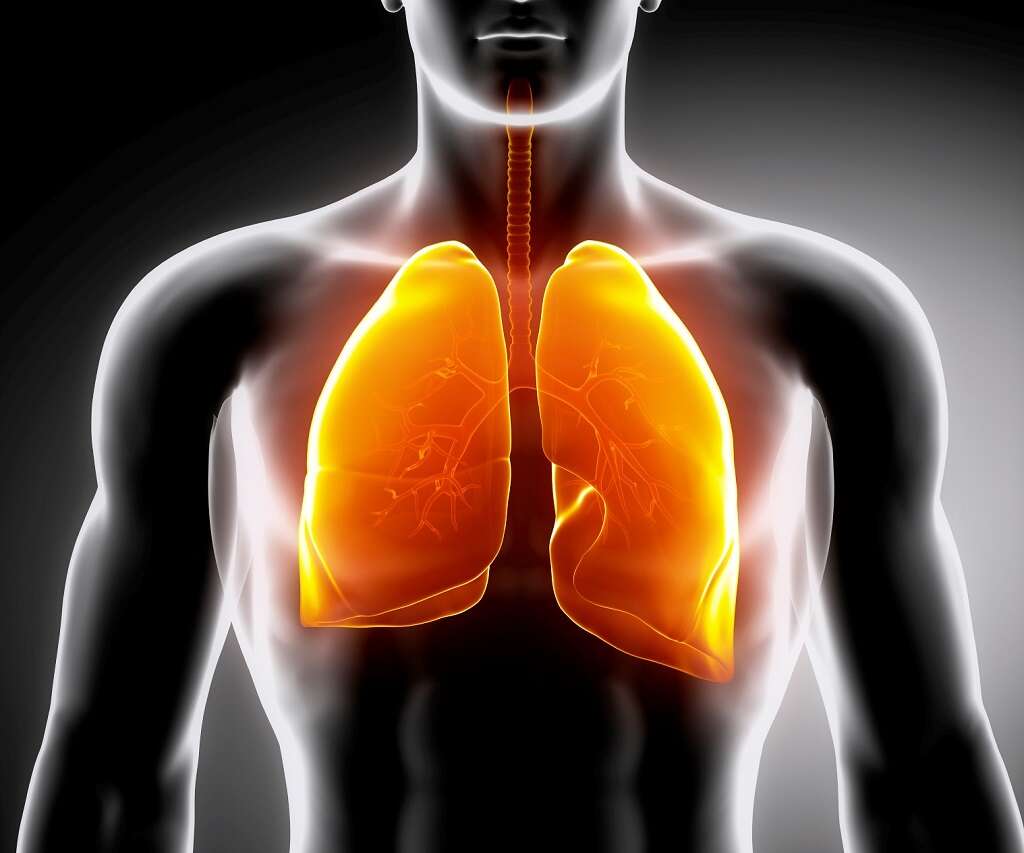
3. Symptoms of Black Lung
During the simple stage of the disease, there are often no symptoms. As lung damage progresses, a cough may develop, and the person may cough up black sputum. Other symptoms include wheezing and shortness of breath, especially with exertion.
Later, during the complicated stage, breathing may become extremely difficult. The fingernails and lips may take on a blue tinge. Low levels of oxygen in the blood may stress the heart and other organs, resulting in other symptoms such as leg swelling.1Publishing, Harvard Health. ‘Pneumoconiosis.’ Harvard Health, www.health.harvard.edu/a/to/z/pneumoconiosis-a-to-z.,6‘Diagnosing and Treating Pneumoconiosis.’ American Lung Association, www.lung.org/lung-health-diseases/lung-disease-lookup/black-lung/symptoms-diagnosis.

4. Risk Factors for Black Lung
People who work in coal mines are at the greatest risk for developing black lung because they're exposed to harmful coal dust particles over a long period of time. The longer the exposure, the greater the risk for developing black lung. Approximately 16 percent of coal miners develop complicated black lung.3‘Pneumoconiosis.’ Johns Hopkins Medicine, www.hopkinsmedicine.org/health/conditions-and-diseases/pneumoconiosis.
In rare instances, people have developed black lung after long-term exposure to the clothing of individuals who work in coal mines.7‘Mortality from or with Pneumoconiosis’ - Minnesota Department of Health, www.health.state.mn.us/communities/occhealth/data/pneummortality.html. Smoking may also increase the likelihood that black lung develops.3‘Pneumoconiosis.’ Johns Hopkins Medicine, www.hopkinsmedicine.org/health/conditions-and-diseases/pneumoconiosis.
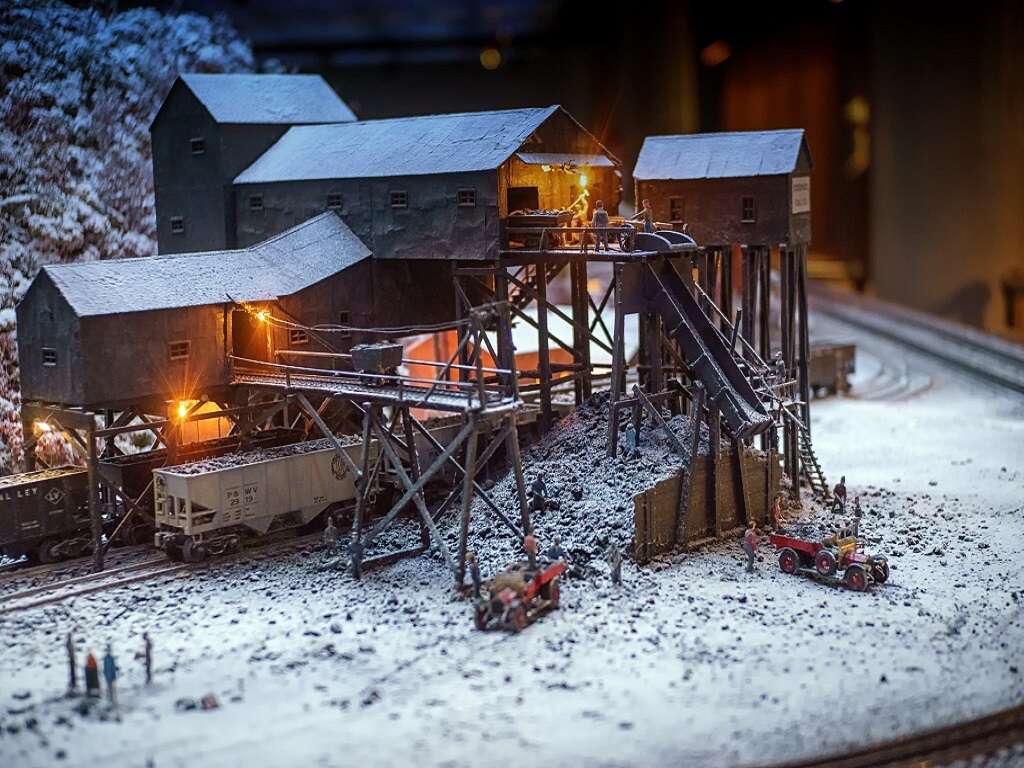
5. Diagnostic Methods
To diagnose black lung, a health care provider checks the person's medical history and discusses their work history, including the number of years of exposure to coal dust and any precautions the person took to mitigate exposure. They also conduct a physical exam.1Publishing, Harvard Health. ‘Pneumoconiosis.’ Harvard Health, www.health.harvard.edu/a/to/z/pneumoconiosis-a-to-z.
The provider may order pulmonary function tests. One test evaluates the person's airflow under different conditions. Another measures lung volume, and a third measures diffusion capacity, evaluating the lungs' ability to transfer oxygen from the environment into the bloodstream.8‘Pulmonary Function Tests.’ Mount Sinai Health System, www.mountsinai.org/health-library/tests/pulmonary-function-tests.
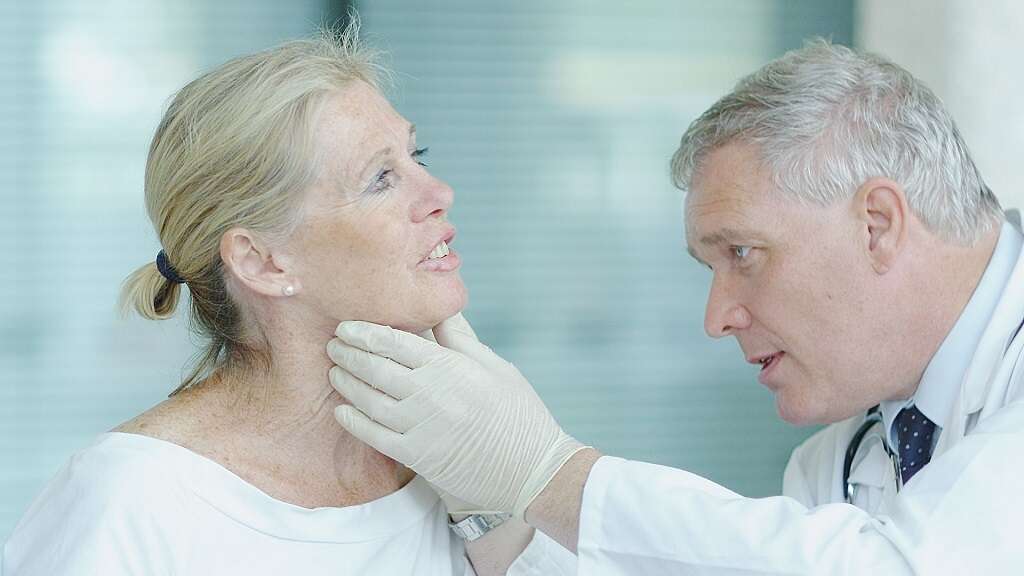
6. Other Tests
The health care provider is likely to order a chest X-ray and a CT scan to check for nodules and scarring. These tests help them determine the type and extent of damage the lungs have sustained.
They may also order a bronchoscopy with a lung biopsy. This involves inserting a flexible tube into the lung and removing a small sample of lung tissue. This sample undergoes examination and evaluation in a laboratory.1Publishing, Harvard Health. ‘Pneumoconiosis.’ Harvard Health, www.health.harvard.edu/a/to/z/pneumoconiosis-a-to-z.
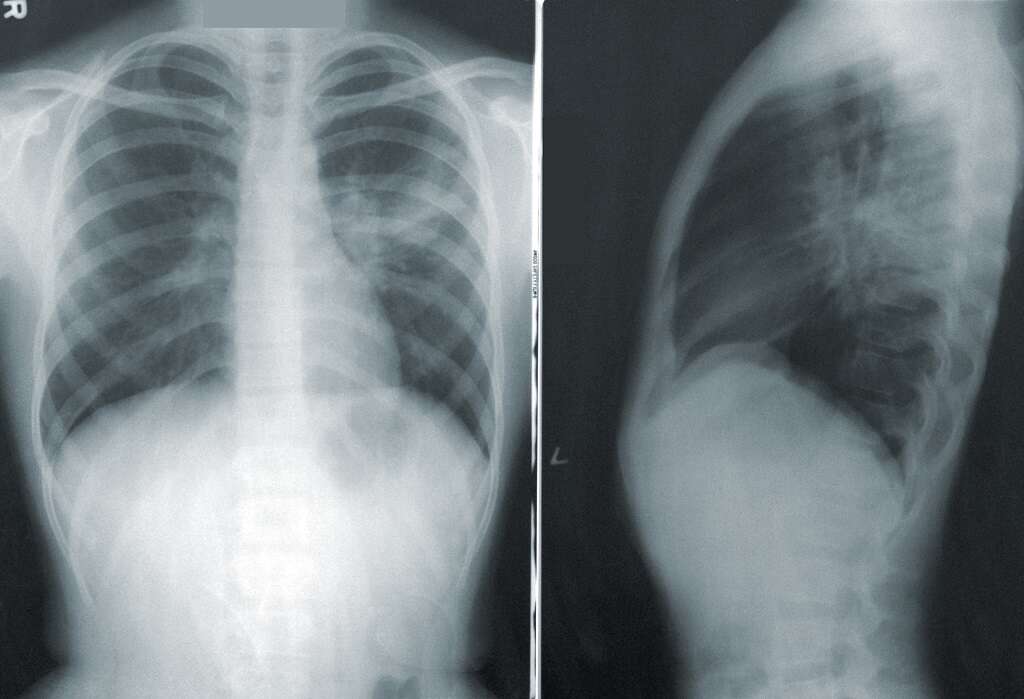
7. Treatment for Black Lung
There's no cure for black lung, but health care providers can help manage the disease. Using supplemental oxygen may help alleviate breathing difficulties. Medication may be prescribed to assist in eliminating mucus and keeping airways open. Pulmonary rehabilitation programs may provide exercises and strategies to help manage breathing issues.
When lung damage is severe, the person may require a lung transplant. In this procedure, the surgeon replaces the damaged lung with a healthy lung from a donor.9Black Lung (Coal Workers’ Pneumoconiosis) By The Manual’s Editorial Staff Last full review/revision Mar 2021| Content last modified Mar 2021, et al. ‘Quick Facts: Black Lung.’ Merck Manuals Consumer Version, Merck Manuals, www.merckmanuals.com/home/quick-facts-lung-and-airway-disorders/environmental-lung-diseases/black-lung.

8. Complications of Black Lung
The main complication of black lung is its progression from the simple stage to the complicated stage. As lung damage continues, progressive respiratory failure may occur. People with black lung are at risk of developing lung cancer, chronic bronchitis, emphysema, pleuritis and chronic obstructive pulmonary disease (COPD). Heart failure may also occur.7‘Mortality from or with Pneumoconiosis’ - Minnesota Department of Health, www.health.state.mn.us/communities/occhealth/data/pneummortality.html.,10‘Coal Worker’s Pneumoconiosis.’ Mount Sinai Health System, www.mountsinai.org/health-library/diseases-conditions/coal-workers-pneumoconiosis.
Some people with black lung develop rheumatoid arthritis. This two-pronged condition is called Caplan syndrome. They may also be more likely to develop tuberculosis, systemic sclerosis and stomach cancer.5Coal Workers’ Pneumoconiosis (Anthracosis; Black Lung Disease; Coal Miner’s Pneumoconiosis) By Abigail R. Lara, et al. ‘Coal Workers’ Pneumoconiosis - Pulmonary Disorders.’ Merck Manuals Professional Edition, Merck Manuals, www.merckmanuals.com/professional/pulmonary-disorders/environmental-pulmonary-diseases/coal-workers’-pneumoconiosis?redirectid=60.
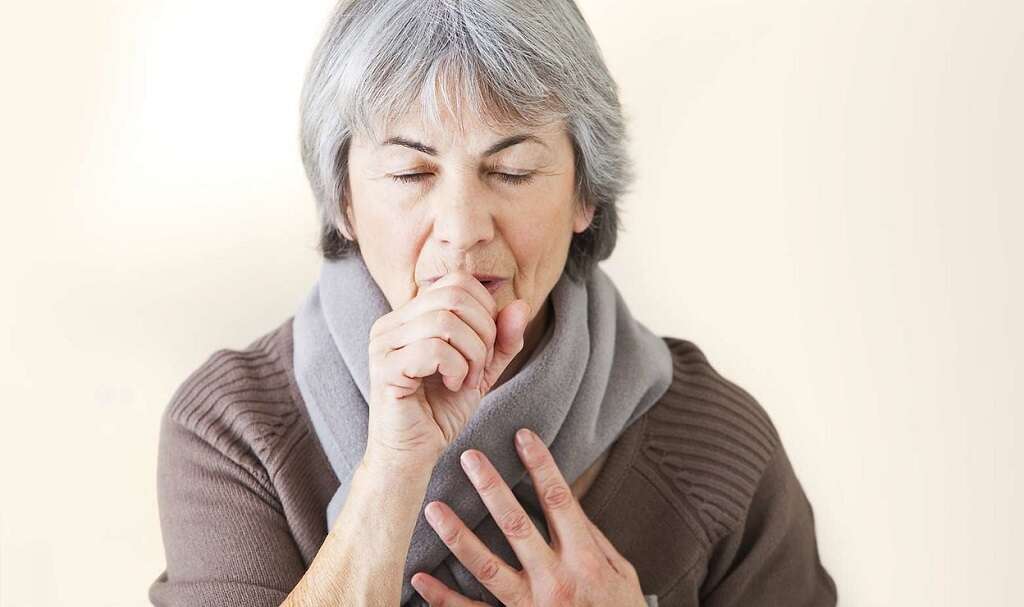
9. Prognosis for People With Black Lung
The prognosis for a person with black lung depends on their level and length of exposure as well as the stage of the disease.1Publishing, Harvard Health. ‘Pneumoconiosis.’ Harvard Health, www.health.harvard.edu/a/to/z/pneumoconiosis-a-to-z. Avoiding dust and living a healthy lifestyle may help a person enjoy a higher quality of life. Eating a balanced diet, getting plenty of rest and exercise and avoiding smoking may also help.3‘Pneumoconiosis.’ Johns Hopkins Medicine, www.hopkinsmedicine.org/health/conditions-and-diseases/pneumoconiosis.
People with black lung need to take steps to prevent illnesses that may complicate their condition. Getting preventive vaccines for flu and pneumonia may help.11‘Pneumoconiosis Symptoms, Causes and Risk Factors.’ American Lung Association, www.lung.org/lung-health-diseases/lung-disease-lookup/black-lung/treating-and-managing.

10. Prevention of Black Lung
Avoiding exposure to coal dust is the best way to prevent black lung. If changing jobs isn't possible, people should wear face masks and thoroughly wash any exposed areas of skin that come in contact with coal dust. Before eating, drinking or taking medication, they should ensure their clothes are free of coal dust, and they should wash their hands and faces.
In addition, coal miners should have a physical exam and chest X-ray annually to monitor their health.3‘Pneumoconiosis.’ Johns Hopkins Medicine, www.hopkinsmedicine.org/health/conditions-and-diseases/pneumoconiosis.



